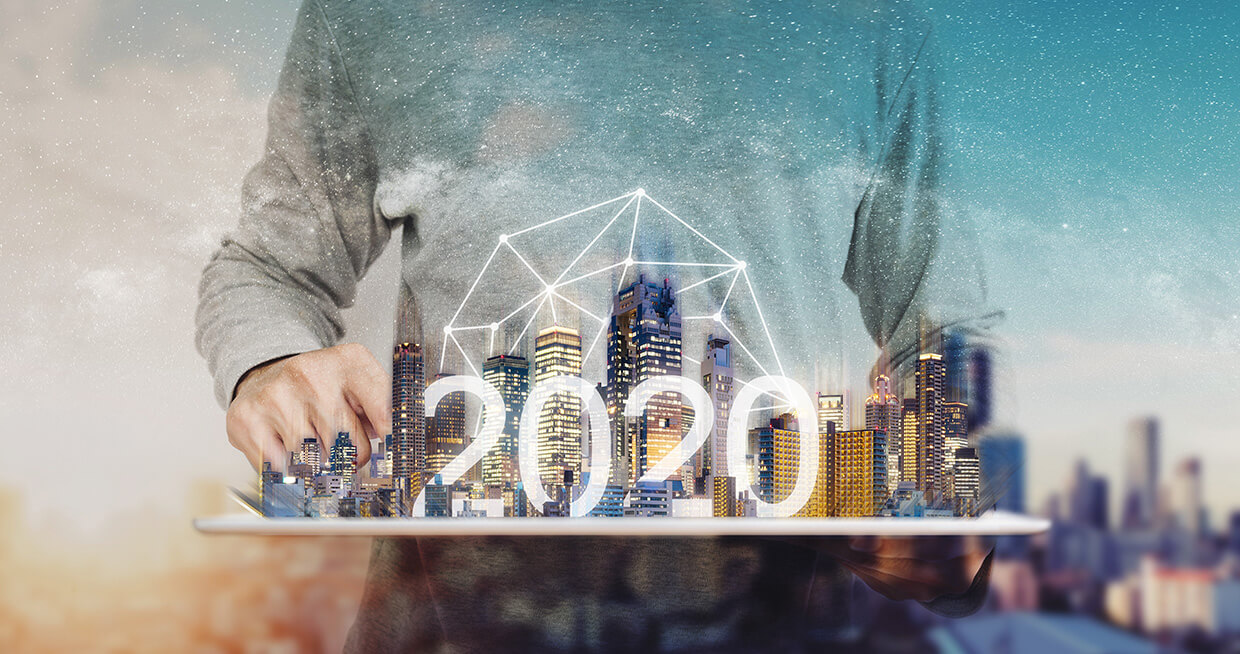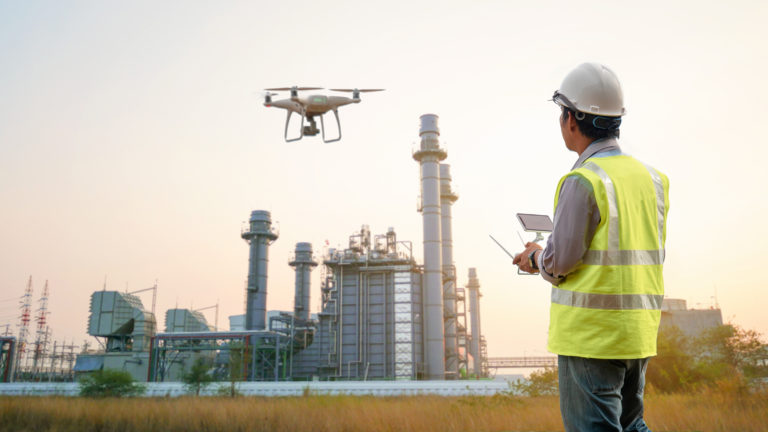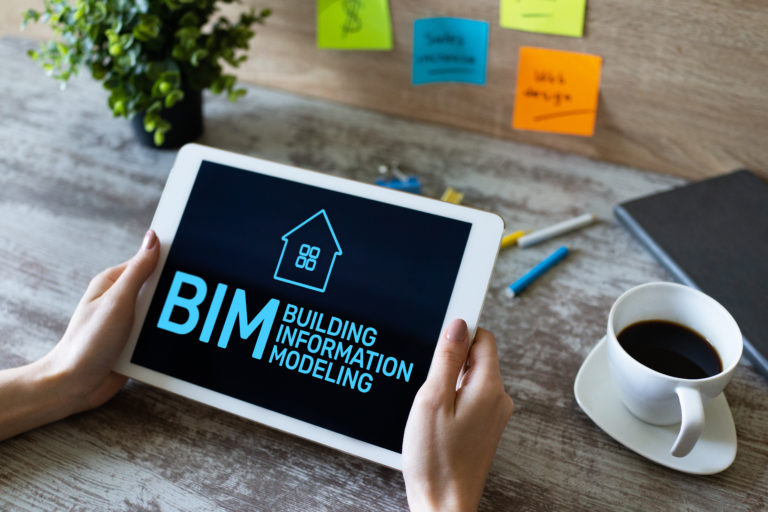
Building and facility management is an ever-evolving field. With each passing year, improved technology has a huge impact on how businesses are run and how facilities are managed.
As with any other industry, advances in technology have the power to make our lives easier in the field of facilities management. When used correctly, facilities management technology can be used to maintain a safe, efficient and cost-effective building.
But technology changes more often than the weather, so how do you keep up?
When it comes to technology to run and monitor your building, there’s always something newer and more exciting in development. So which of these new releases in tech will have the biggest impact on the year ahead?
Remember when facial recognition, voice activation and eye sensors were something you’d only see in a science fiction movie? Not anymore. Biometric technology is here, and it’s accessible for use in your facility today.
These biometric recognition sensors are now a real part of technology. We use it in our phones and in our CCTV, but biometric technology also is found as a major management component in many newer facilities. It’s perfect for high-security locations or locations where you may see many different occupants and visitors on a day-to-day basis.
If you are a facilities manager and encounter numerous employees, occupants and visitors within your building, it can be hard to discern who belongs in the building from who doesn’t. Facilities management can be a tricky business. How can you possibly keep track?
Using biometric technology can take care of this problem for you so that your building is safe and secure and only those who are authorized to be in your facility can enter.
It’s safe and secure—someone’s unique fingerprint or eye pattern is hard to replicate, and with biometric recognition technology and another entry method, like a key code or smart card, your building is about as secure as it can be.
What kinds of features are available for biometric technology? You can use all sorts of biometrics:
You’ve seen drones in flight, or maybe you’ve heard about how they may be used for delivering your packages or for military use. But how can drone technology help you in the realm of facilities management?
Drones can carry cameras to hard-to-reach areas, which is beneficial for facilities management because you can inspect places like roofs, rooftop equipment and building facades to check for structural integrity or other issues and assess facility conditions.
In the past, you may have had to erect tenuous scaffolding or dangerous ladders for such inspections, which is an unsafe workplace hazard and a huge issue for risk management. Now, with aerial drones and other similar technology, you can inspect exteriors and other hard-to-reach places for damage or decay with ease, before there’s any chance of a major issue.

One of the biggest new changes in facilities management? Smart systems like smart lights, HVAC systems, sensors, windows, doors and even CCTV.
Why is this such a big deal? Smart systems accomplish a lot of goals in one package:
Smart systems and smart buildings are equipped with sensors, meters and other devices to control, monitor and manage building assets and services. How does this help you as a facilities manager? You can develop a program that is energy efficient (and cost-efficient too) and sustainable, and you can connect to a network for more control and flexibility.
The real low-down? Smart building technology will gross a global revenue of $8.6 billion in 2020, up from $4.7 billion just four years prior in 2016. Why is that? It’s convenient, cost-effective and accessible for facilities managers and owners alike.
Just what is the Internet of Things? IoT is the term for all of the “connected” items that are showing up on the market. From scales and watches to toasters and fitness collars for dogs, the IoT is all about turning “dumb” products into “smart” ones.
These products are taking off at such a fast-paced rate and are redefining our lives in such dramatic ways, that the IoT market has been referred to as the beginning of “the Fourth Industrial Revolution.”
The IoT includes things like lightbulbs and thermostats too, which is where the IoT impacts facilities management.
If you are planning to manage a building that is new construction, chances are you will encounter building information modeling or BIM. But what does BIM even mean?
According to the U.S. National Building Information Modeling Standard Project Committee, BIM is “a digital representation of the physical and functional characteristics of a building.”
A BIM is a three-dimensional, digital model of a facility that highlights important features:
So how does this come in handy in the world of facilities management? The BIM stores all of this information so that it adapts and evolves as the needs and uses of the facility change.
The BIM can serve as a building “handbook” for facilities management. It’s a living, breathing tool that can change with the life of the building to plan maintenance and operations so that the building operates at its highest capability.
With access to the BIM, you have access to real-time asset profiles, better awareness of asset locations, and more accuracy in measuring and sizing spaces. It’s an invaluable new tool in the world of facilities management.

One thing that doesn’t change and evolve in the world of facilities management? The need for quality, affordable commercial cleaning services. No matter the technology, we still need qualified professionals to come in and handle dust and grime in our facilities so they always reach a sparkling clean.
Who better to handle your commercial cleaning services than Cleaning Services Group, Inc., created with the knowledge of the daily ins and outs of cleaning all kinds of facilities.
CSG handles clients and brand names across the entire country, in all kinds of industries, which means we are already experts in how to best handle your facility.
We even handle the cleaning for those who manage a chain of commercial facilities nationwide and region-wide. When you deal with multiple, widespread business locations, the best way to ensure they receive professional cleanings is by relying on one trustworthy company like CSG to handle all cleanings so each one meets our high standards.
Let us make a difference in how you manage the cleaning of your facilities today. Whether you manage one building or 100, we can help keep your facility gleaming. Request a quote today!









